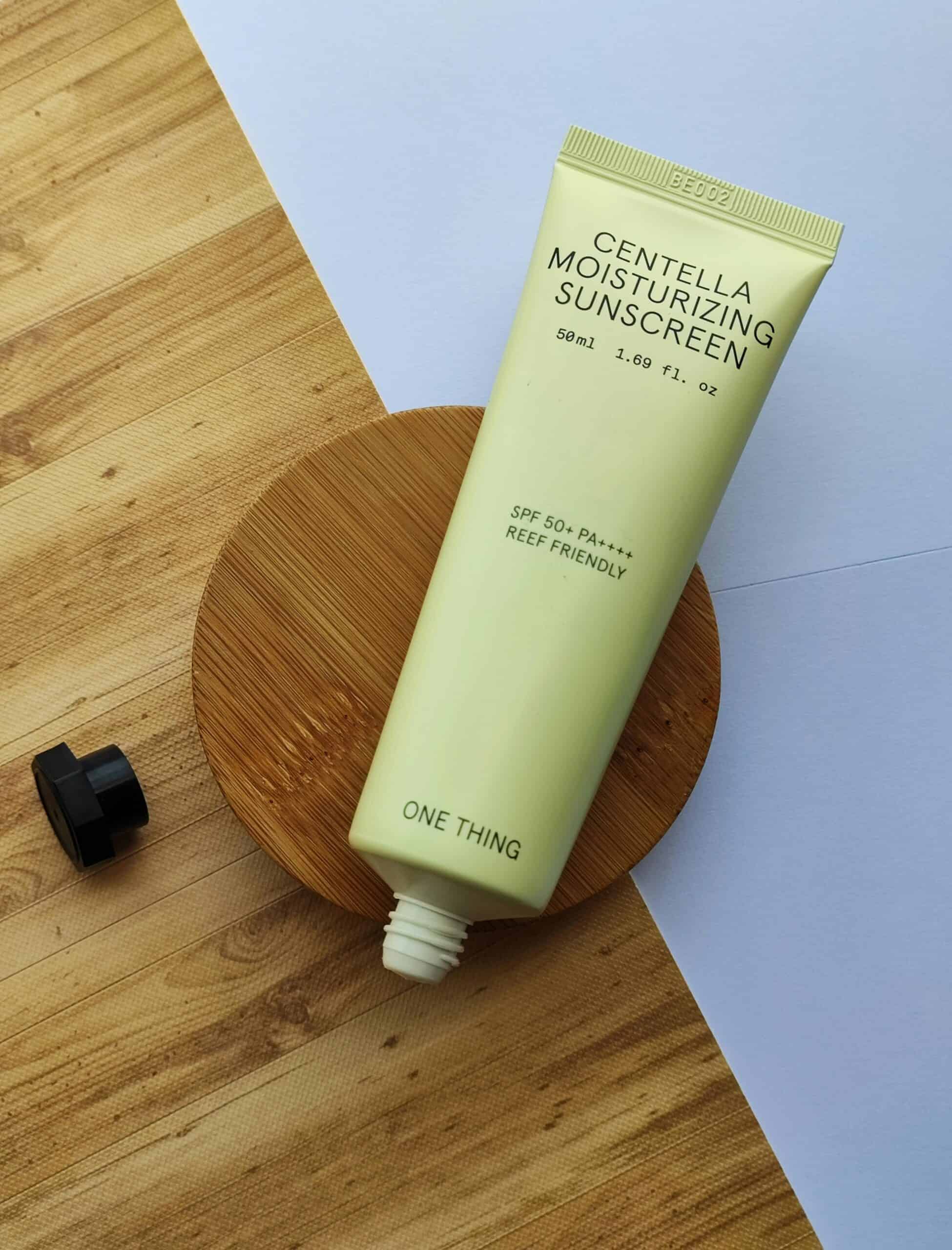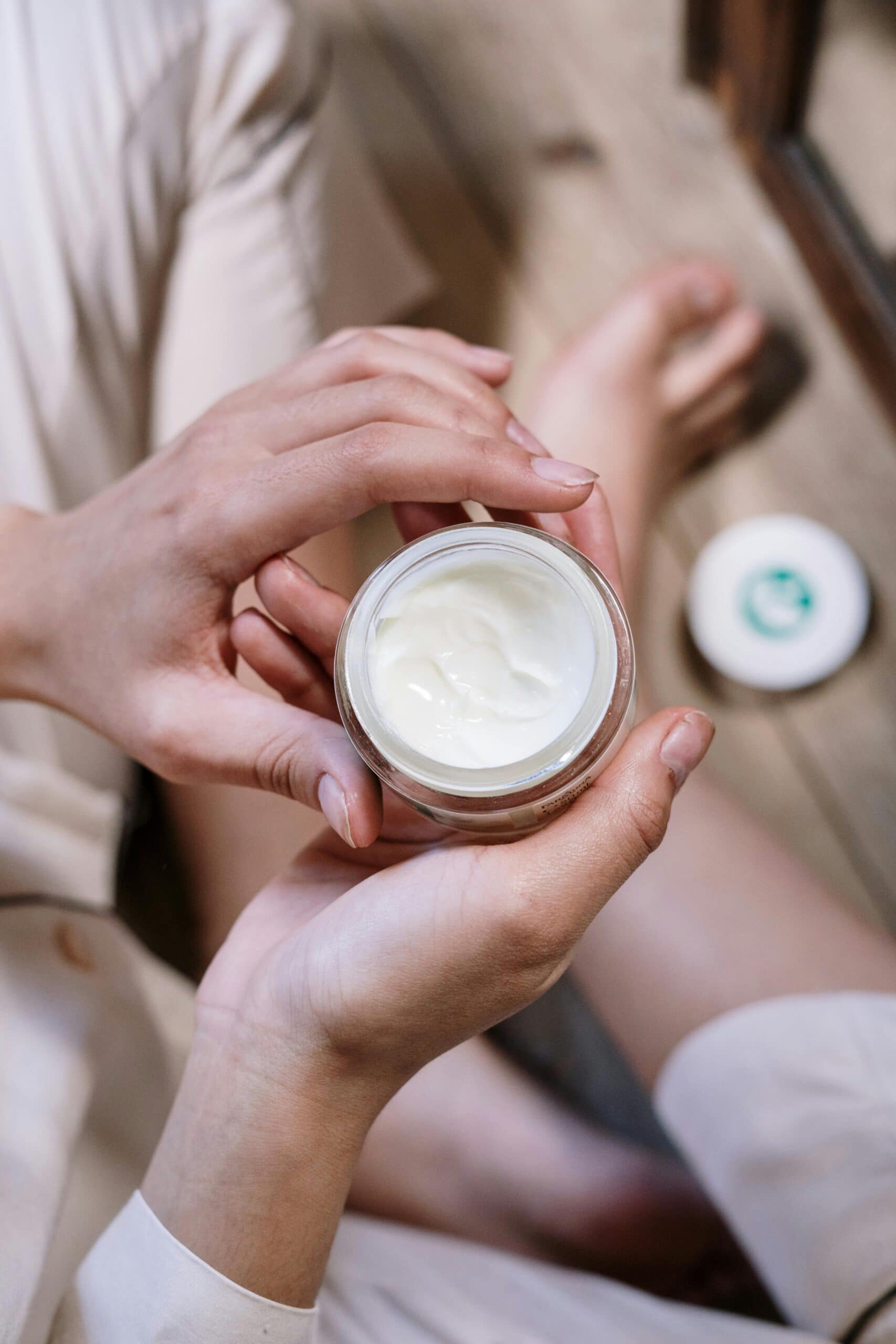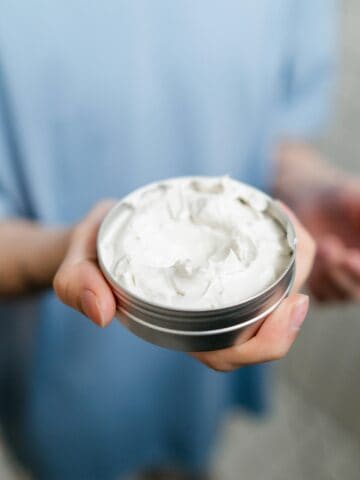Centella Asiatica, better known as Cica, has surged in popularity within the skincare world and is revered for its potent healing and soothing properties. This remarkable ingredient, rooted in traditional Asian medicine, offers a wealth of benefits that cater to various skin needs, from enhancing skin repair to soothing irritated skin and boosting hydration.
Understanding what to look for in Cica skincare products is essential for harnessing their full potential. A higher concentration of Cica, complementary ingredients like hydrators and antioxidants, and the right packaging are key factors to consider.
Beyond the product itself, knowing how to properly integrate Cica into a skincare regimen can make a significant difference. From the correct layering of products to avoiding ingredient conflicts, these best practices ensure that every application moves you closer to achieving a calmer, clearer, and more radiant complexion.

Jump to:
🤔 About Centella Asiatica
Centella Asiatica, commonly known as Cica, has carved out a niche for itself in the realm of skincare, earning accolades for its remarkable healing properties. But what exactly is this plant, and why has it become a staple in beauty products around the globe?
Originating from the wetlands of Asia, this perennial herb has been a cornerstone in traditional medicine for centuries. Known for its gentle yet effective healing capabilities, it has been used in Ayurvedic and traditional Chinese medicine to treat a myriad of ailments, from minor wounds to serious inflammatory conditions.
At the heart of Cica's effectiveness are its potent bioactive compounds. These include madecassoside and asiaticoside, which promote the synthesis of collagen, a vital component of healthy, resilient skin.
Additionally, asiatic acid and madecassic acid work to calm inflammation and repair damaged skin, making Cica particularly beneficial for those with sensitive or acne-prone skin.
Today, Centella Asiatica is lauded for its soothing and rejuvenating properties and is increasingly found in formulations designed to hydrate, repair, and protect the skin.
From K-beauty to Western markets, Cica has become synonymous with skin recovery, appealing to consumers eager to harness the power of natural ingredients for their complexion.

💆♀️ How Cica Benefits the Skin
Enhances Healing
One of the standout properties of Cica is its ability to speed up the skin's healing process. This makes it an excellent choice for treating small wounds, sunburns, or other skin irritations. By boosting the production of collagen, Cica helps mend the damaged skin faster, ensuring that your skin not only heals but also retains its elasticity and strength.
Soothes Inflammation
Cica is a boon for those suffering from acne, eczema, or other inflammatory skin conditions. The saponins and other organic compounds found in the plant help soothe redness and swelling, providing relief from discomfort and making Cica a must-have for sensitive skin types.
Hydrates and Revitalizes
Beyond its healing and soothing capabilities, Cica also offers excellent hydrating benefits. It helps the skin retain moisture, leading to improved hydration levels and a plumper, more youthful complexion. This hydration boost is especially beneficial in preventing dry, flaky skin during harsh weather conditions.
Anti-Aging Effects
With its ability to promote collagen production and fend off environmental aggressors, Cica also plays a role in anti-aging skincare routines. It helps reduce the appearance of fine lines and wrinkles, and with regular use, it can enhance skin firmness and elasticity.
Protects Against Environmental Damage
Cica’s antioxidant properties make it an effective shield against pollution and other environmental stressors. Neutralizing harmful free radicals protects the skin from premature aging and maintains its health and vitality.

🔍 What to Look for in Cica Skincare Products
Concentration and Purity
- High Concentration: Look for products that list Centella Asiatica extract near the top of the ingredient list, which suggests a higher concentration.
- Pure Extracts: Some products might use the whole plant or just specific parts, like the leaves or roots. Pure extracts or formulations that focus on specific active compounds (such as madecassoside or asiaticoside) can be more effective.
Complementary Ingredients
- Hydrators: Products that combine Cica with hydrating ingredients like hyaluronic acid or glycerin can enhance the moisturizing effects.
- Antioxidants: Ingredients like vitamin C or green tea can complement Cica's anti-inflammatory and antioxidant properties, boosting overall skin health.
- Niacinamide: This ingredient works well with Cica to help improve skin barrier function and reduce redness.
Formulation Type
- Serums and Ampoules: These are usually more concentrated and are great for targeting specific skin concerns like aging or hyperpigmentation.
- Creams and Lotions: Ideal for dry or sensitive skin, these can help deliver sustained hydration alongside the soothing benefits of Cica.
- Masks: Sheet or wash-off masks infused with Cica extract can provide an intensive treatment to calm and hydrate the skin.
Product Packaging
- Airless Pumps: Products packaged in airless pumps or tubes help prevent oxidation and degradation of sensitive ingredients like Cica, maintaining their efficacy.
- Opaque Containers: Light can also degrade active ingredients, so opaque packaging that blocks light is preferable to preserve the benefits of Cica.
Brand Reputation and Reviews
- Research brands that specialize in or are known for their effective use of Cica in their products.
- Look at customer reviews to see how well the products have worked for others with similar skin concerns.

✅ Practical Tips and Best Practices for Using Cica
Start Slowly
- Patch Test: Always perform a patch test before introducing a new Cica product into your routine, especially if you have sensitive skin. Apply a small amount behind your ear or on your inner wrist to check for any adverse reactions over 24 to 48 hours.
- Gradual Introduction: Start by using Cica products once or twice a week and monitor how your skin responds. Gradually increase usage as your skin gets accustomed to it.
Layering Correctly
- Serums First: If using a Cica serum, apply it after cleansing and toning but before heavier creams or oils. This allows the skin to absorb the concentrated ingredients effectively.
- Creams and Moisturizers: Follow up with a Cica-infused cream or moisturizer to lock in the serum's benefits and add an extra layer of hydration and protection.
Combining with Other Ingredients
- Avoid Conflicts: While Cica is generally compatible with many ingredients, avoid using it with high concentrations of AHAs, BHAs, or retinoids at the same time to prevent irritation.
- Synergy: For enhanced soothing effects, combine Cica with other calming ingredients like aloe vera or chamomile. This can be particularly beneficial for reactive or acne-prone skin.
Consistent Use
- Routine Inclusion: For the best results, make Cica a regular part of your daily skincare routine. Consistency is key in skincare, and regular use can help maintain the soothing and healing benefits over time.
- Morning or Evening: Cica can be used both in the morning to protect skin during the day and at night to support skin repair and renewal.
Special Considerations
- Seasonal Use: Cica is great for all seasons but can be especially beneficial during the winter when skin tends to be drier and more sensitive due to harsh weather conditions.
- Post-Procedure Care: Consider using Cica products after skin procedures like peels or microdermabrasion. Its calming properties can help reduce redness and speed up the healing process.
❓ Frequently Asked Questions
Yes, Cica is suitable for all skin types, including sensitive, oily, dry, and combination skin. It is especially beneficial for those with sensitive or acne-prone skin due to its soothing and anti-inflammatory properties. However, as with any new skincare product, it's recommended to perform a patch test first to ensure compatibility with your skin.
Cica can be used daily as part of your regular skincare routine. If you are new to this ingredient, start with applying it once a day or every other day to see how your skin responds. Depending on your skin’s tolerance and the product formulation, you may increase to twice daily use—once in the morning and once at night.
While Cica is compatible with most ingredients, it's best to avoid using it with high concentrations of exfoliating acids (AHAs, BHAs) or retinoids at the same time to prevent potential irritation. Instead, you can alternate these products between your morning and evening routines or use them on different days. Always use sunscreen during the day, especially if you are using active ingredients that can make your skin more sensitive to the sun.





Comments
No Comments